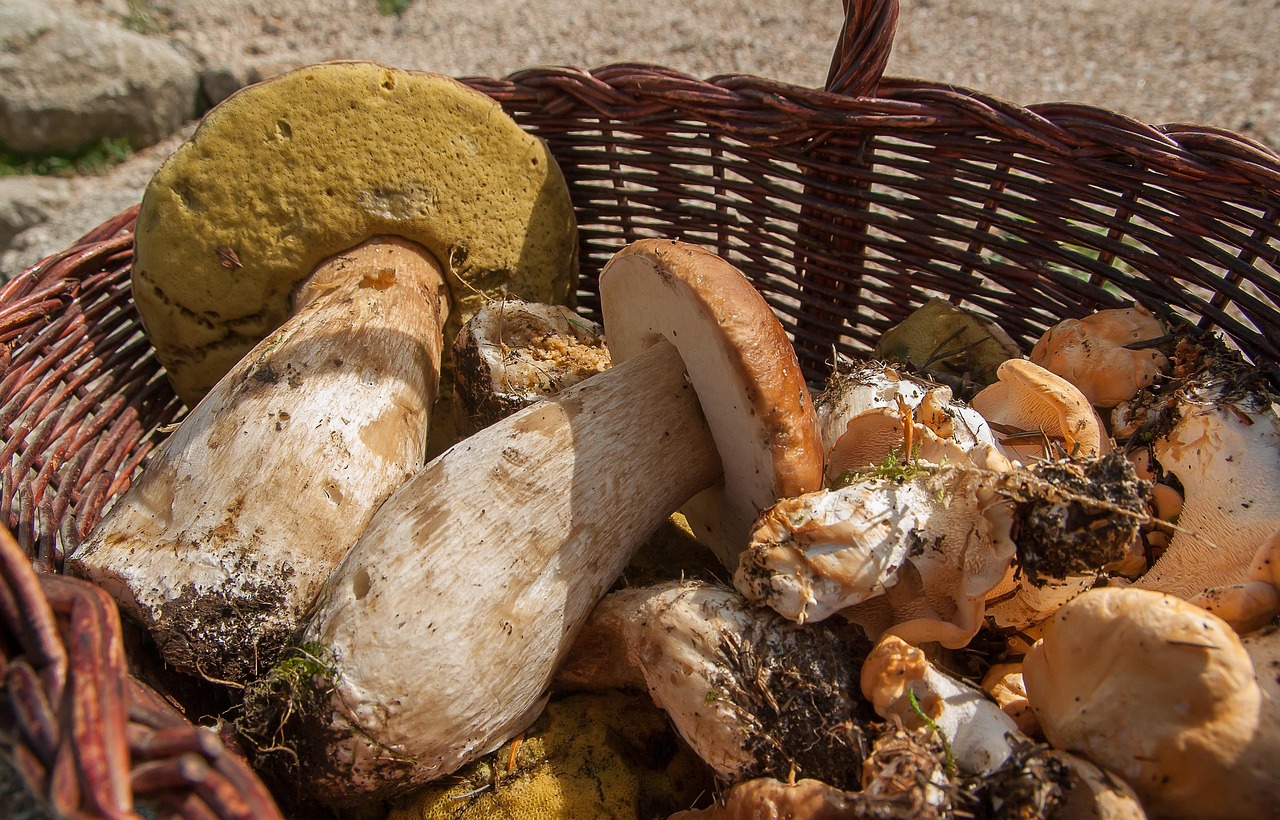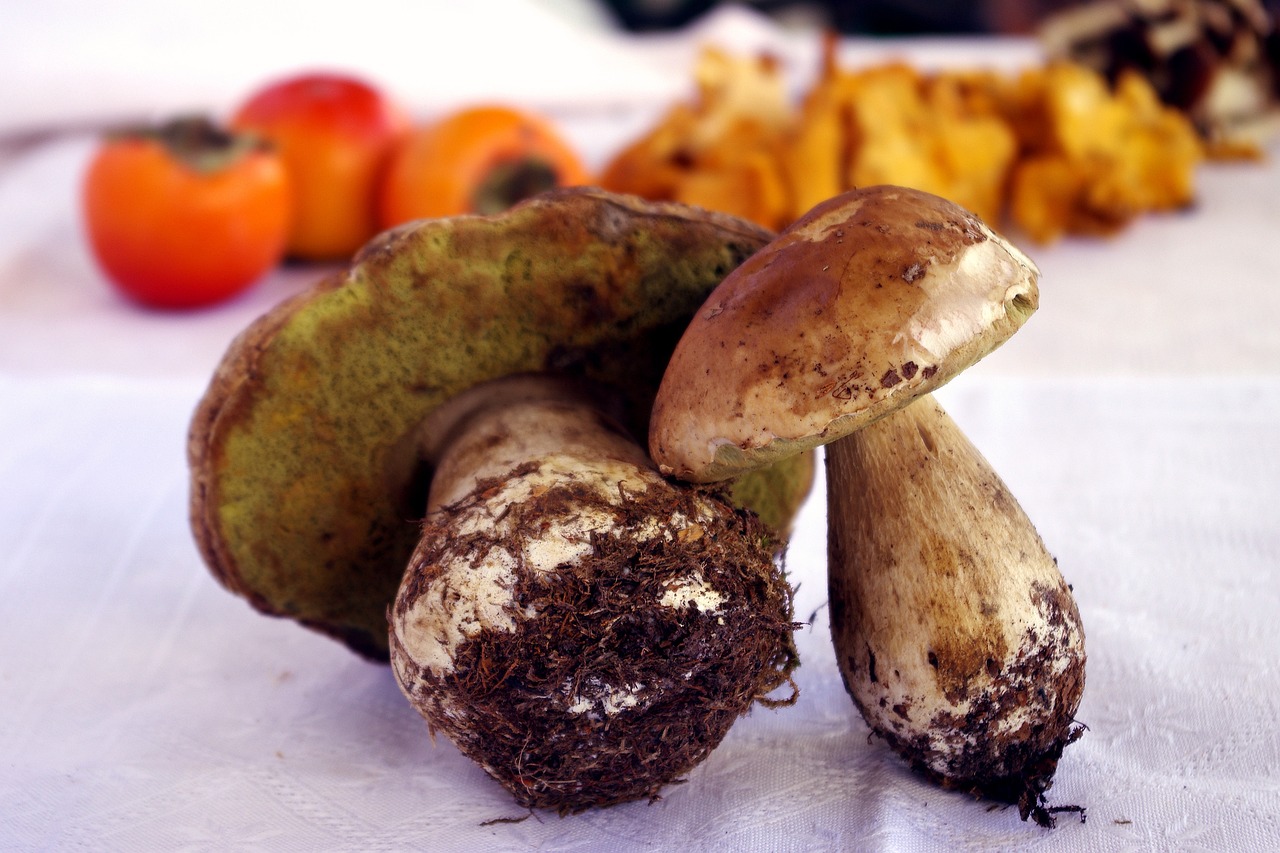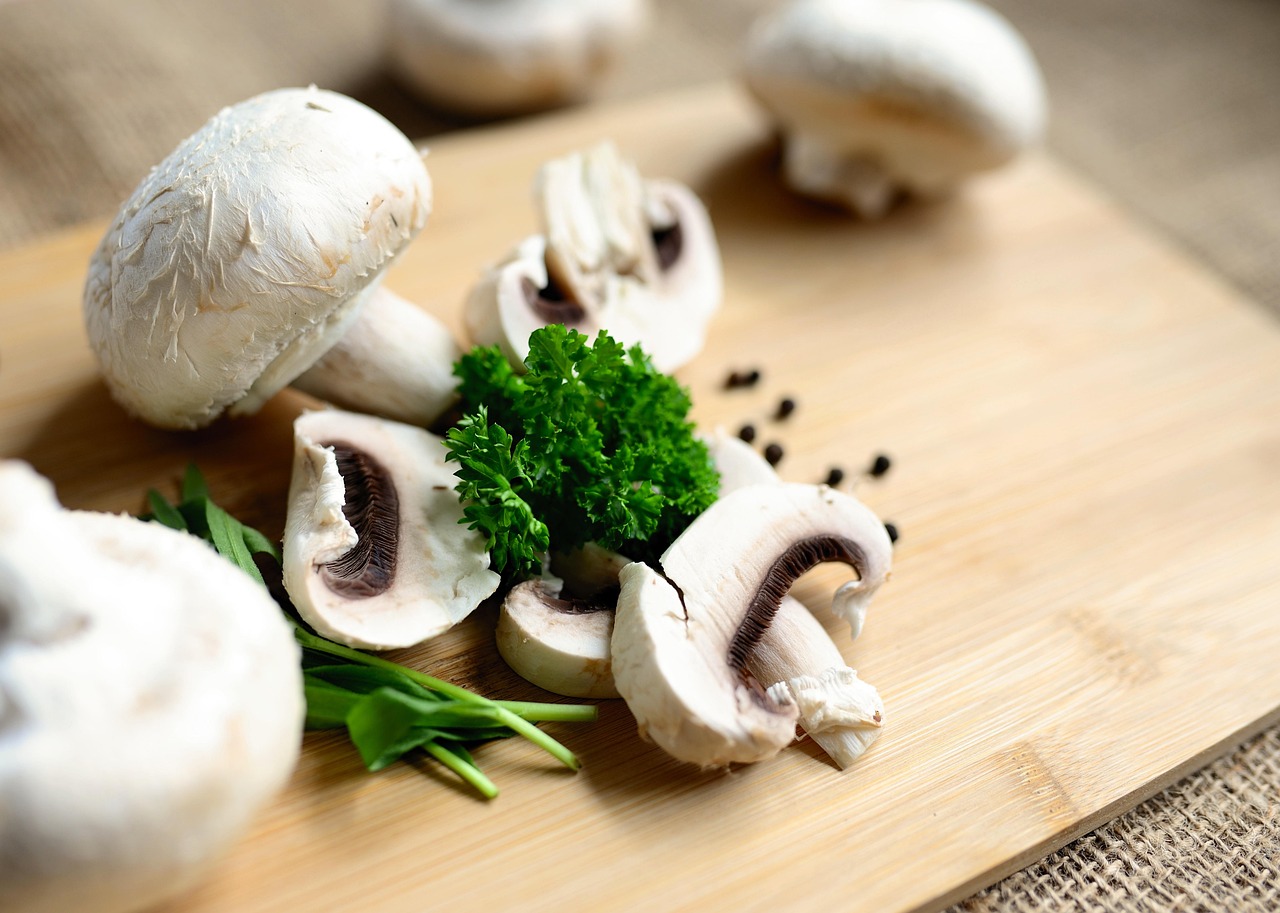
Wild mushrooms have been part of human nutrition since ancient times. Their deep flavor, earthy aroma and unparalleled texture make them a highly valued ingredient in gourmet cuisine. But what makes them so special and different from other more common mushrooms?
History and tradition
Since ancient times, different cultures have collected mushrooms as an essential part of their diet. Greeks and Romans valued them both for their flavor and their possible medicinal properties. In the Middle Ages and Renaissance, they began to be part of noble banquets, especially in France and Italy, where their reputation as luxury food was consolidated.
In Japan, varieties like shiitake and matsutake have centuries of tradition. Today, wild mushrooms continue to be a symbol of natural, sophisticated cuisine linked to origin.
What are wild mushrooms?
Wild mushrooms grow naturally in forests and mountains, without human intervention. They develop in symbiosis with trees, roots and soils rich in organic matter. Unlike mushrooms grown in controlled environments, their appearance depends on climate, humidity and season.

Among the most appreciated in European gastronomy we find:
Main varieties:
- Boletus edulis (also known as porcini): with firm flesh and intense aroma, with nutty notes. Widely used in risottos, sauces or sliced raw.
- Horn of plenty (Craterellus cornucopioides): dark colored, with delicate texture and mild flavor. Ideal for autumn dishes and garnishes.
- Chanterelle (Cantharellus cibarius): yellow toned, has a characteristic fruity perfume. Highly valued in sautés and creams.
- King oyster mushroom (Pleurotus eryngii): although it can be cultivated, its wild version is meatier and tastier. Perfect for roasting or accompanying meats.
Each species has a unique profile that transforms any simple dish into a gourmet experience.
How to use them: preservation, preparation and culinary uses
One of the great attractions of wild mushrooms is their ability to dehydrate without losing their essence. When dried at low temperature, they keep their aroma, flavor and nutritional properties intact. This allows enjoying them out of season, with extended shelf life and without the need for artificial preservatives.

To use them, simply rehydrate them in warm water for 20 to 30 minutes. This liquid, full of flavor, can be used to enrich broths, rice or sauces.
In the kitchen, wild mushrooms shine in:
Culinary uses:
- Pasta, risottos or creams 🍝
- Sauces for meat or fish 🥩
- Gourmet toast with olive oil 🫒
- Scrambled with egg or cheese 🍳
A simple sauté with garlic, butter and white wine is enough for them to release all their flavor. Their versatility and depth make them infallible allies in haute cuisine... and also in home cooking.
Differences between wild and cultivated mushrooms
Cultivated mushrooms, such as white button mushrooms or portobello, are produced in controlled environments. They are economical, accessible and uniform in size, but their aromatic profile is much more neutral.
In Paraguay, Cosecha 19 stands out in the cultivation and commercialization of various types of mushrooms and button mushrooms.

Wild mushrooms, on the other hand:
Distinctive characteristics:
- Present irregular shapes and colors, reflection of their natural origin.
- Possess superior aromatic intensity, with nuances that recall the humid forest, earth, autumn.
- Are limited by season and climate, making them exclusive and, in some cases, difficult to obtain.
- Require deep knowledge for their safe collection.
These characteristics position them as a high-end product, intended for demanding consumers and kitchens that value authenticity.
Nutritional benefits
Beyond flavor, wild mushrooms provide essential nutrients for a balanced diet:
Nutritional properties:
- Plant proteins fundamental in vegetarian and vegan diets, contribute to muscle repair and cellular maintenance.
- B group vitamins: especially B2, B3 and B5, which favor energy metabolism, nervous system health and skin.
- Natural antioxidants: like ergothioneine, which fights cellular aging and reduces inflammation.
- Low caloric content: ideal for those seeking flavor without adding fats or sugars.
Additionally, being an unprocessed food, they preserve their purity and integrate easily into healthy recipes.
Safety, quality and gourmet curiosity
The collection of wild mushrooms requires experience and precise knowledge. Some edible species can be confused with toxic ones, so it's essential that they come from reliable sources and are correctly identified.
Today, there are producers in Europe who work with very high standards of traceability, hygiene and sustainability, allowing these ingredients to reach new markets like Paraguay safely and in a controlled manner.
At Gades Imports, we continue investigating the potential of gourmet products like wild mushrooms to bring unique flavors to local consumers. We invite you to continue exploring our blog, where we share articles about products, culinary history and gourmet curiosities.




